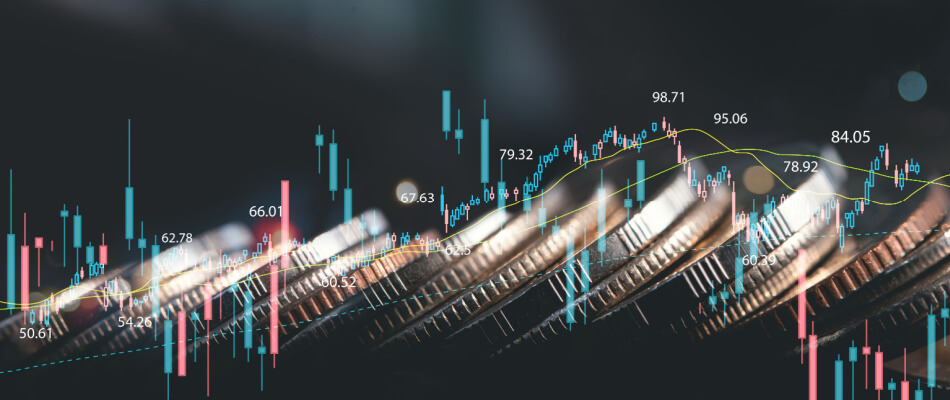Getting Started with Forex
In the beginning, new Forex traders can have a lot of trouble with Forex trading . This is usually because the expectations of new Forex traders are high. Everything is then focused on earning large amounts of money, preferably millions.
Trading Forex does not mean making a lot of money quickly
You better know right away that Forex trading is not a concept to make big money fast. It is not that you are going to make a lot of money with currency trading within a period of a few weeks or months. You need to find a way to build up a wealth structurally. It is important to face this quickly, because then you will be able to invest more wisely.
What Forex means in practice for a novice trader can perhaps be deduced from the claim that only 5% of Forex traders actually make a profit and that as many as 95% gradually make a loss. Whether this is based on reliable figures is difficult to say, but it does give an indication of the state of affairs within Forex trading.
What exactly does Forex mean?
Forex stands for Foreign Exchange . This refers to the stock exchange or market where currency trading takes place. The Forex market has a huge daily turnover and is the largest market in liquidity . The currencies are traded here exclusively in Forex pairs, such as the currency pair Euro and Dollar, indicated as EUR/USD.
Due to the interplay of supply and demand, the currency market is constantly subject to change. By cleverly playing into the ever-changing values of the various currencies, you as a (beginner) Forex trader can try to buy and sell a certain currency pair at the most favorable moment. Also watch the video below for a clear explanation of the meaning and operation of Forex Trading.
What are the hours of trading on the Forex market?
Forex trading continues day and night. There are always countries active, while the rest of the world is asleep! This allows forex trading to take place 24 hours a day .
So it is easy to combine with a daytime job. After work you can then focus on Forex trading. You should keep in mind that certain Forex strategies are tied to certain times for the most favorable effect. More about this later.
The advantages of Forex at a glance
Compared to stock trading, Forex trading offers advantages that make this market attractive;
- Relatively low transaction costs
In Forex trading, few costs are charged for opening, closing and maintaining positions. Forex traders usually use a so-called spread. This is the profit for the broker and consists of a small margin on top of the difference between the asking and asking price. There are no other transaction costs. In a small number of cases, brokers charge a fixed commission. On the other hand, no spread or only a small spread is charged. - Direct trading on the Forex market
The Forex market does not work with other intermediaries than the broker. As a (beginning) Forex trader, you have direct access to the market, where the prices and therefore values of a currency pair are determined. - Low threshold for deposit
In Forex trading, you can start with a low deposit. There are brokers where you can participate in the Forex market for as little as €25. So you can start cautiously. A good amount to keep for purchase is €1000 or more. - Always trading
As we discussed above, the Forex market is open 24 hours a day. So it can be easily combined with a 9 to 5 job. - Manipulation is almost impossible
Since the Forex market is a huge market, it is almost impossible to influence the prices. Influencing prices for a longer period of time is not even possible by the powerful, international banking concerns. - Leveraged trading
With transactions where your broker provides leverage (e.g. 1:100), you can open large positions with small amounts. This makes it possible to make relatively large profits with small price movements. Relatively high losses are also possible.

What do you need as a beginning Forex trader?
The Forex market is accessible to everyone. There are no high thresholds to be taken. Here is a list of things you need to check off:
- a start-up capital
- a Forex broker
- a trading platform (can be arranged via your broker)
- good charting software for displaying graphs (available from your broker)
- basic knowledge of Forex trading and this specific market
- a well-tuned mindset
- a good, profitable Forex strategy
Compare brokers and start investing in Forex
Are you excited about investing in Forex after reading this article? Use our comparator and find the broker that suits you best!